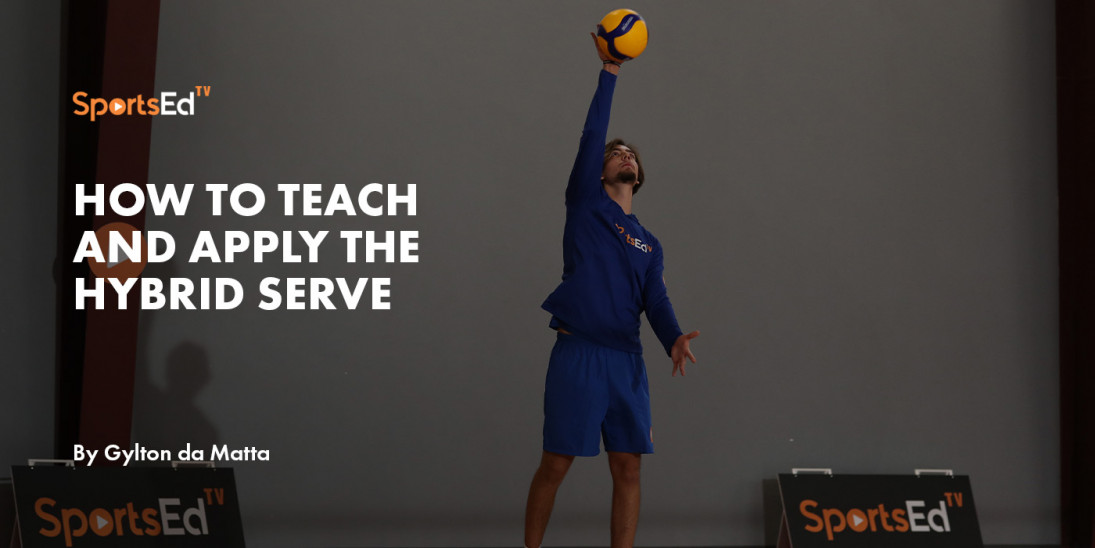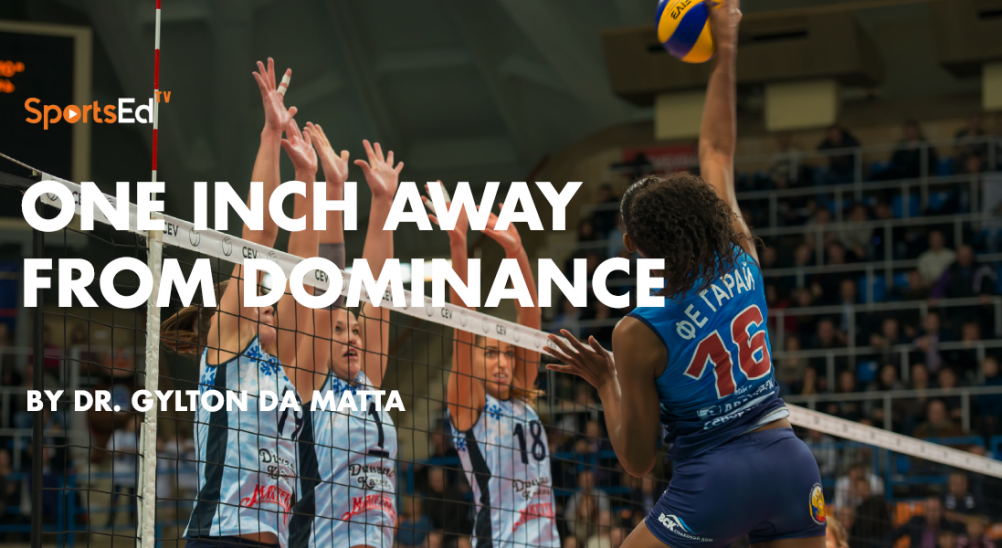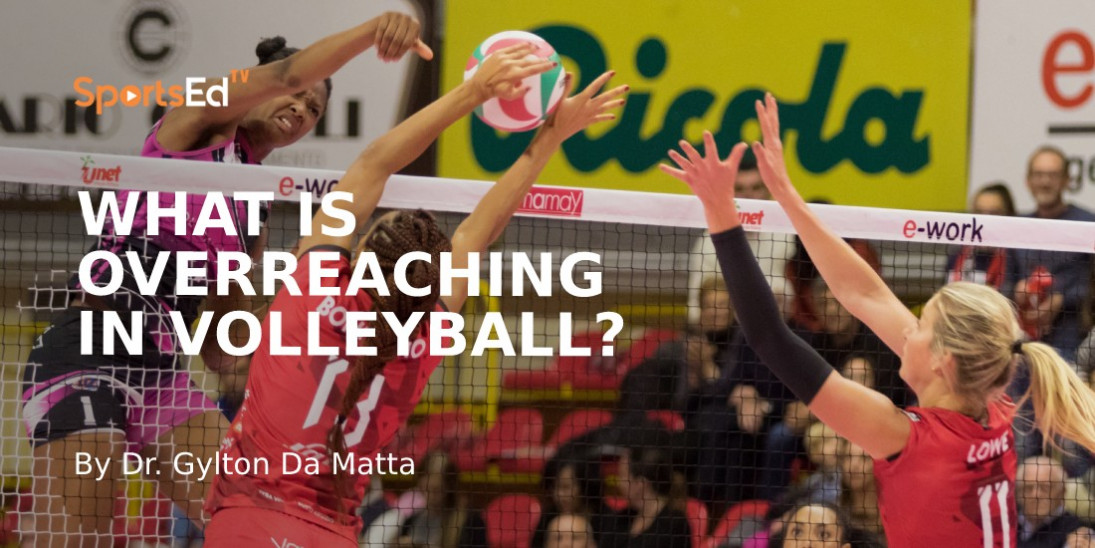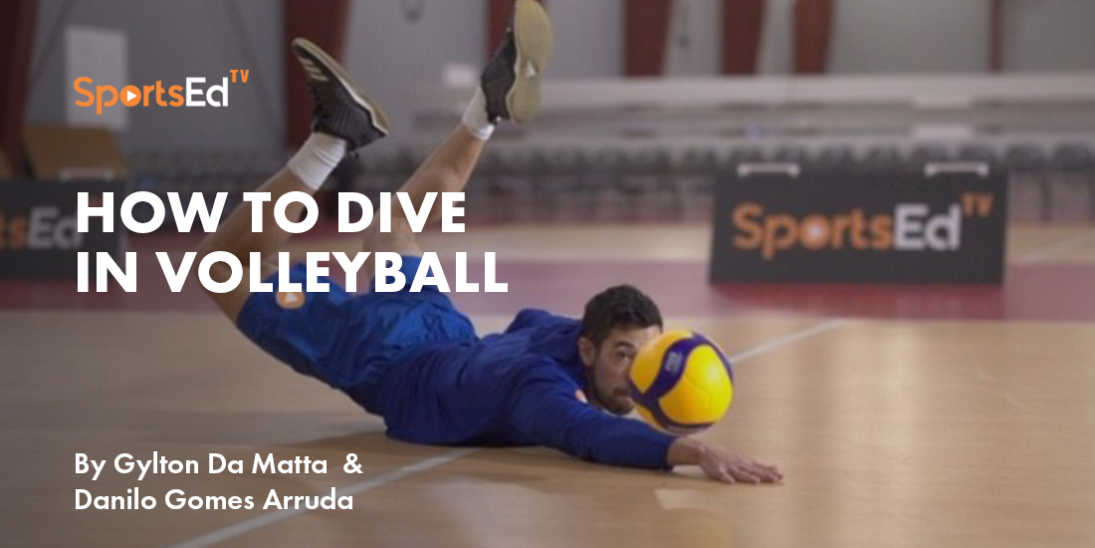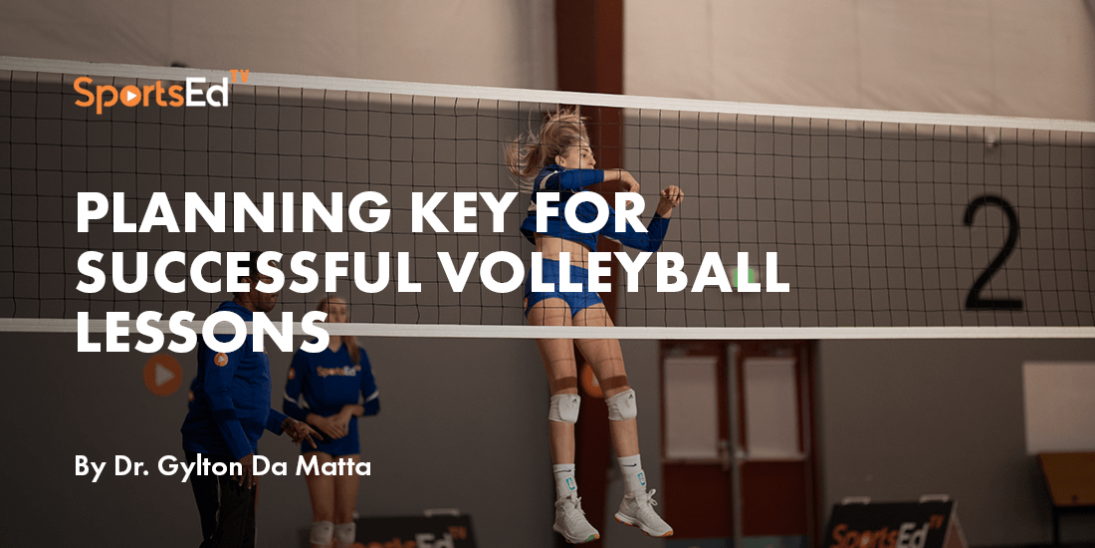Volleyball
Welcome and thanks for visiting...

Volleyball Overhead Floater Serve: Power, Consistency, Accuracy & Autonomy
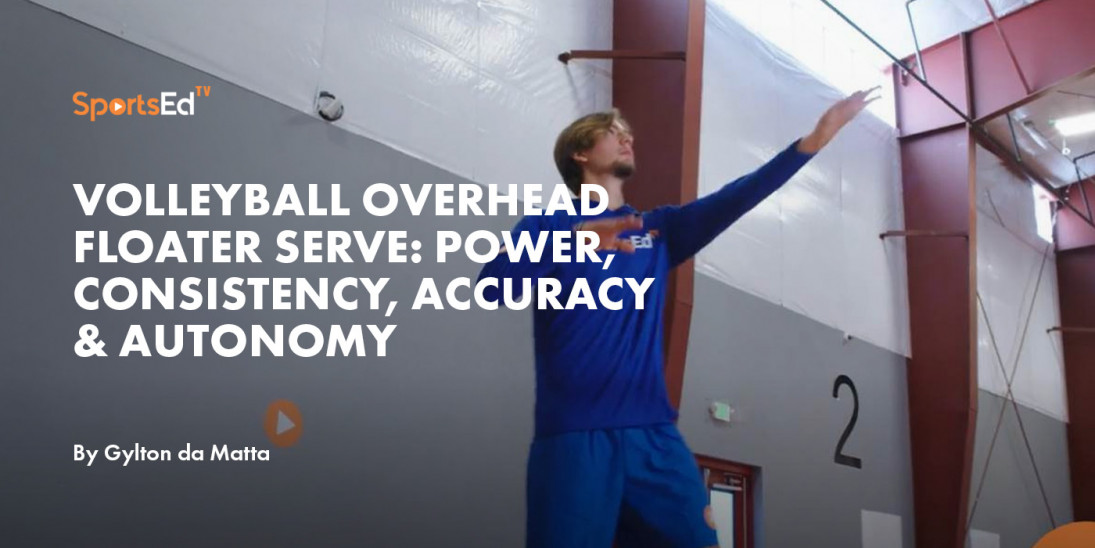
Serving is so much fun! But the overhead floater serve brings a triad of successful features for every player at any level: power, consistency, accuracy and autonomy. Overall, the overhead serve could be the second type of service to be taught towards a progression within the many types of service in volleyball. Therefore, the first type would be the underhand serve, the second overhead serve, and the third jump floater serve. In order to properly execute the overhead floater, serve, the player must have a good base of support, be able the consistently lift the ball at the projection of the tossing hand, coordinate the hip extension (main power source), and finally be able to strike the ball firmly at the midline of the body. The overhead serve requires upper body strength but to generate the floatation serving effect it is necessary proper striking skills, finesse, and a compact contact on the ball (Da Matta, Gagen, & Rhoads, 2013). Serving is a critical skill in volleyball and all players should be able to perform it very relaxed and efficiently. These are some prerequisites! Let’s enjoy talking about the Overhead Floater Serve!
This article sheds light on the expertise of serving to add meaningful illustrations about overhead serves by providing coaches and athletes with good references to the movement pattern of this type of service. In fact, a good mental image (mental visualization) with the general concepts of this skill, can really be useful for coaches (how to teach) and athletes (how to learn) overhead serves. As a fundamental concept, it is recommended to practice the serve technique in front of a mirror without a ball. After that, it is important to throw a basketball using the same movement form (kinesthetic serving motion) resembling the overhead floater, and finally practicing the serve against a wall 5, 7, and 9 m away. Another important tip for finesse of striking the ball is to contact the ball in front and above the head (over, head, serve!).
Be patient and enjoy every practice! The highlights of this article are:
(1) tips on the key points of the skill;
(2) a progression for learning this motor pattern injury free;
(3) how to learn force control for different targets;
(4) how to serve with consistency and accuracy;
(5) provide autonomy, tactical and technical expertise to all players & coaches.
Tips on the key points of the skill
The first tip (lower limb) - the feet should be positioned so that the foot in front would be opposite the side of the arm that will hit the ball (e.g., right-handed subjects should position their left foot forward (Figure 1).
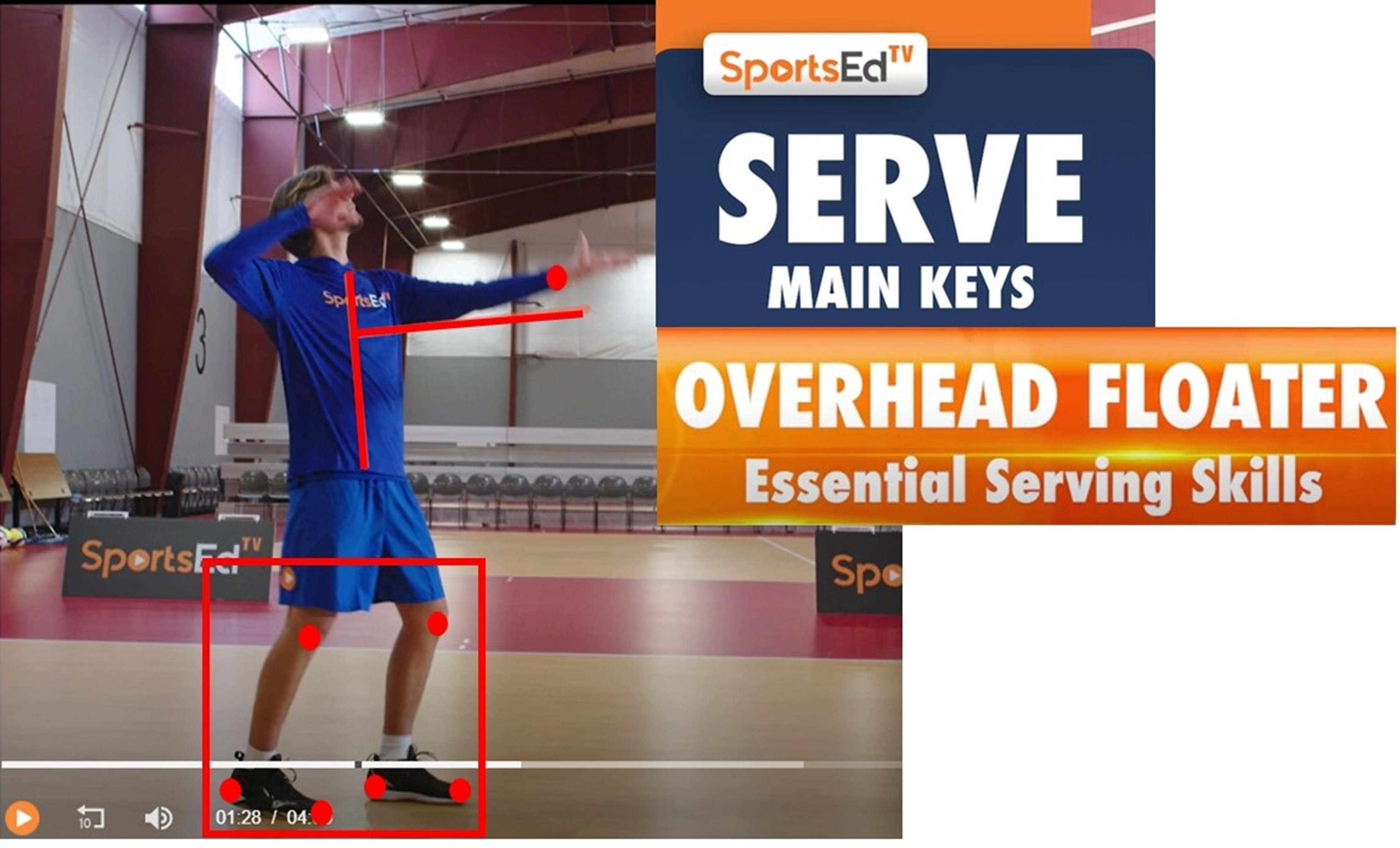
Figure 1. Tips for lower and upper limbs for the overhead serve.
The second tip (upper limb) - the hand that holds the ball and toss the ball should extend the elbow so that the shoulder forms an angle of approximately 90 degrees (e.g., the left hand executes the ball lift as shown in Figure 1).
The third tip - the hand that holds the ball should perform a horizontal adduction of the shoulder to position the ball towards the middle line position of the trunk. This is an excellent tip! Because the hand in this middle line position of the body allows a release of the ball closer to the side of the arm of strikes the ball (Figure 2).
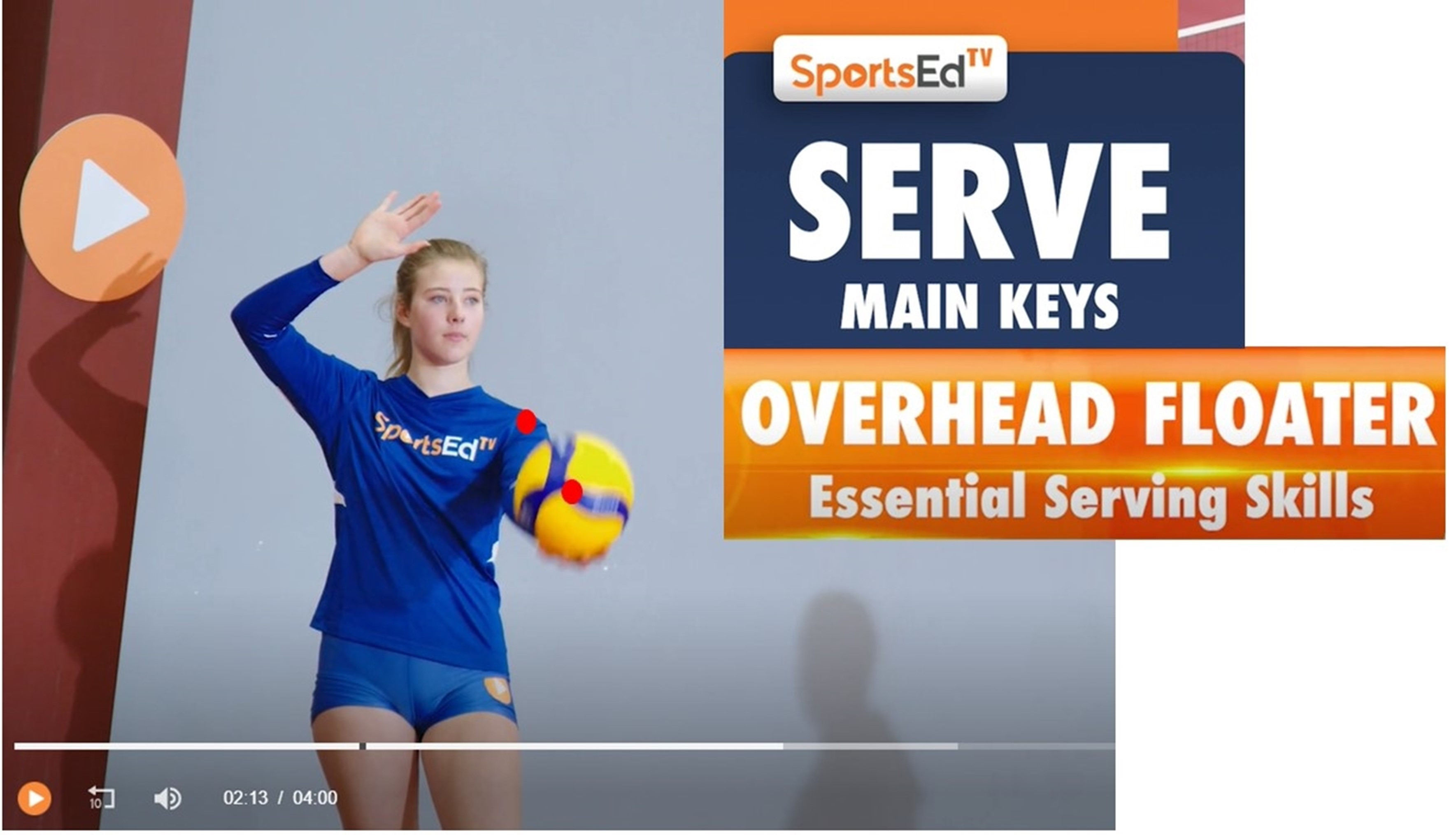
Figure 2. The hand in the midline position of the body allows better positioning for releasing the ball.
The fourth tip (toss or lift) - This tip is related to the height and direction of the ball toss. The subjects must find an optimal height for a toss the ball. It should be neither too high nor too low the toss (e.g., Figure 3 presents a good example of the ball toss height).
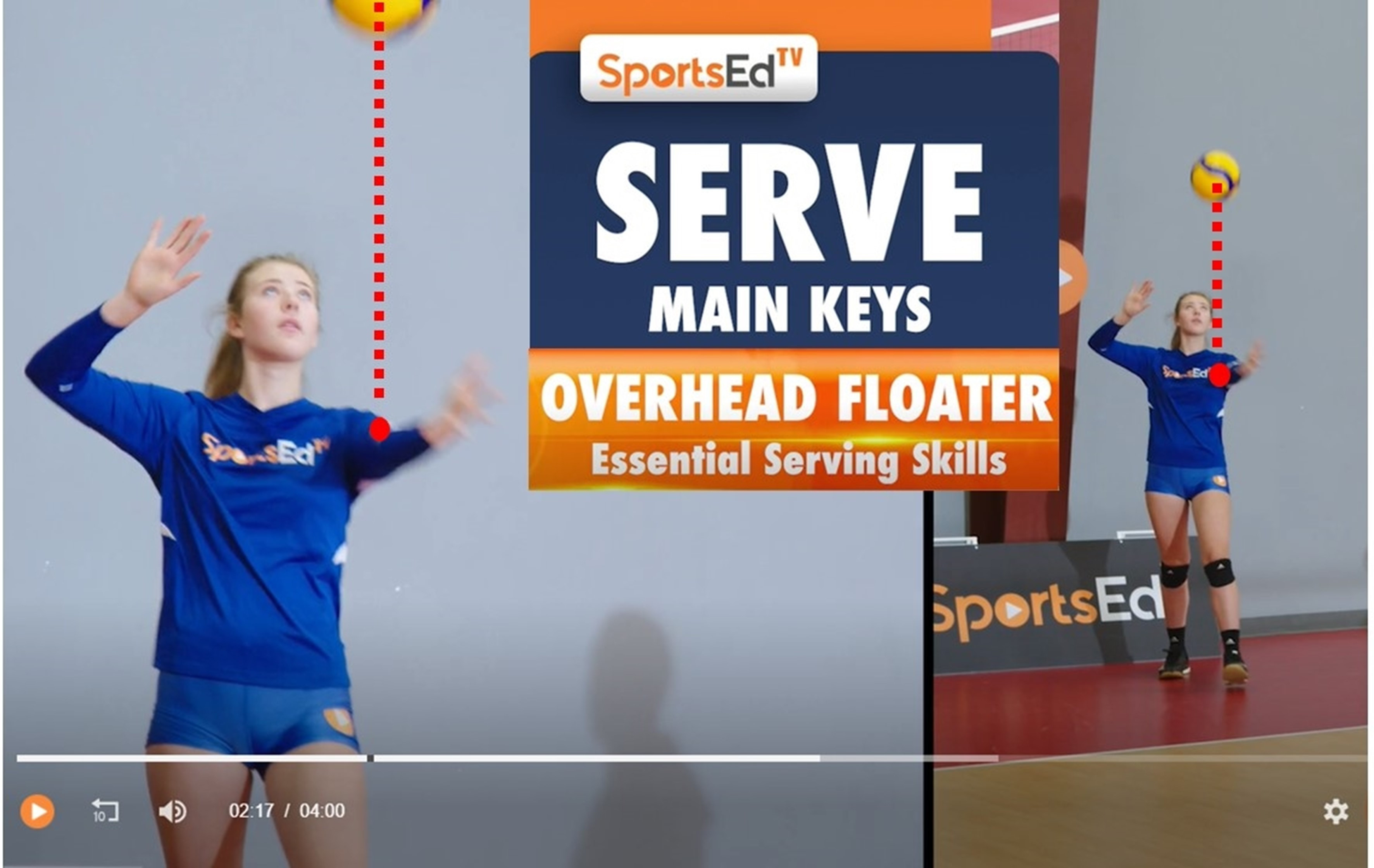
Figure 3. Height and direction reference of the ball after its release.
For a better understanding of these four tips and for other highlights, we suggest watching the video the overhead floater serve produced by SportsEdTV and presented by Dr. Gylton Da Matta.
A progression for learning this motor pattern (Overhead floater serve)
We suggest a progression starting over shorter distances towards longer distances (e.g., serve zone) for learning the overhead movement pattern serves. This teaching strategy provides beginners subjects with a greater concern with the movement's execution pattern rather than the focus of attention to be the task's environmental goal (i.e., hitting the serve over the net or at a specific target). This progression respects the skill level of the performers (Rink, 2010). We suggest that for beginners, serve from distances closer to the ten-foot line and progressively back up with the following principle: If the serve was successful, back up one huge step, but if the serve was not successful, correct the technique and move one huge step forward. As the performance improves, the subjects should increase the distance, promoting a better adaptation of the force used in the execution of this skill. Always focusing on the form. Meaning, focus on the process! Coaches can organize drills with different distances in the same training session for better learning of overhead serves. Moreover, coaches should stimulate players’ autonomy by giving them the option to choose from which spot they would like to serve. This developmentally appropriate approach also elicits the notion that athletes can use the easier zone or challenge themselves. In any way, this is inclusive and allows all players to be successful. Figure 4 depicts a progression or different spots that can be used to learn overhead serve. The numbers from 1 to 5 in Figure 4 depict different levels of skill.
Thus, the point represented by numbers 1 would be more suitable for beginning subjects, numbers 2 and 3 for intermediate subjects, and numbers 4 and 5 for more advanced subjects with a more stable motor service pattern.
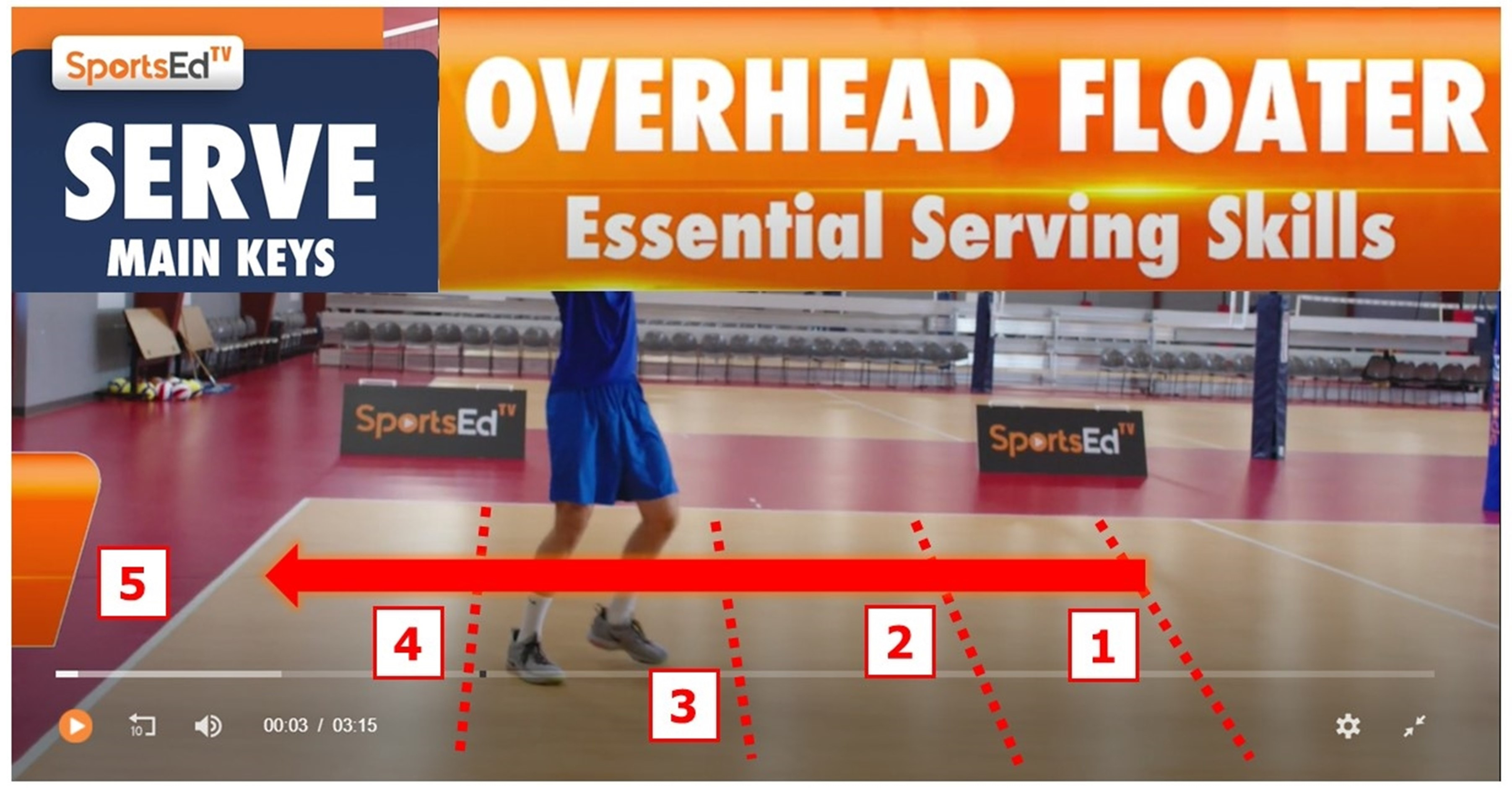
Figure 4. Progression or different spots that can be used to learn overhead serve.
How to learn force control for different targets through knowledge of the Motor Learning area and some tips towards consistency, accuracy and autonomy.
To learn how to control the force to strike the ball in order to achieve different targets through the overhead serve, we would like to suggest, in addition to the progression mentioned before (starting from shorter distances from the 10-foot line to longer distances represented by the numbers 4 and 5 in Figure 4) add the application of concepts from Motor Learning expertise related to the practice schedule. This content has already been featured on the blog. Please see our blog on Motor Learning (Dutra & Da Matta, 2020). Therefore, we would like to suggest the practice sequence: in blocked, serial and random (Magill & Anderson, 2017) for overhead serve learning.
In Figure 5 we show two examples of practice sequence through blocked (sequence 1 = 5,5,5,4,4,4 and sequence 2 = 1,1,1,2,2,2) practice with different targets to be reached (red circles). A more repetitive practice allows to acquire a better motor pattern and to start to differentiate the force control in these two directions (e.g., in sequence 1 = 5 and 4). As a result, the athletes will develop a higher rate of consistency in performing the overhead floater serve. On the other hand, in sequence 2 another two force controls were introduced in other directions (e.g., targets 1 and 2). Thus, we respect the learning process of the beginners. After making some attempts at blocked practice, we should start inserting a practice with less repeatability through serial practice.
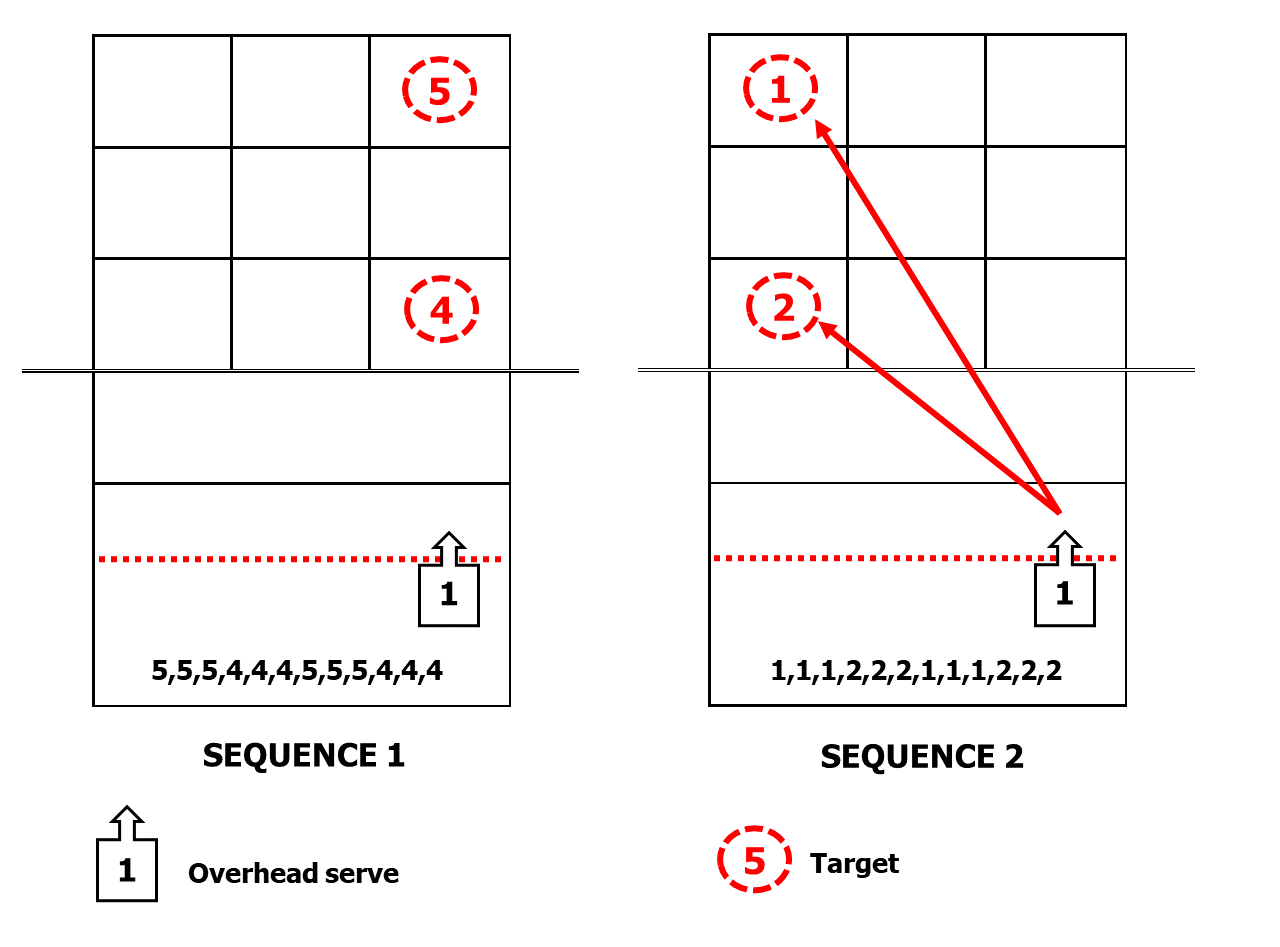
Figure 5. Example of the practice sequence through blocked practice.
The serial practice is represented in Figure 6 and allows continuity of the learning process of the force control of different targets of the overhead serves. Observe two sequences of serial practice for a better understanding of this type of practice (e.g., sequence 1 = 5,7,4 and sequence 2 = 5,9,1,7). This type of practice allows the improvement of new parameters to be acquired which will lead to higher accuracy.
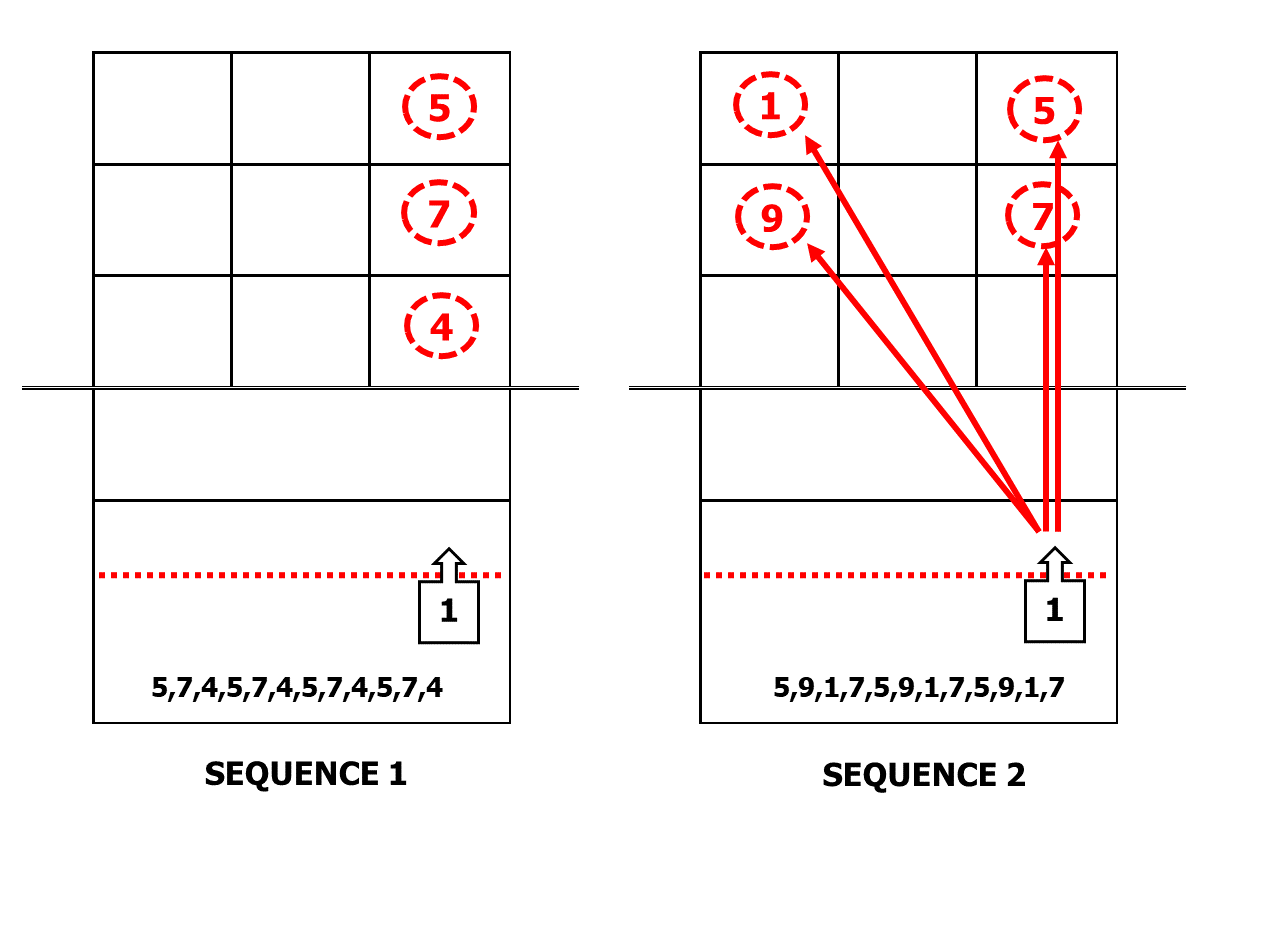
Figure 6. Example of the practice sequence through serial practice.
Finally, the random practice would be the last stage to contribute to the learning of different parameters of force control through a practice in which the next attempt is always different from the previous one. Thus, an example of practice represented by Figure 6 would be a sequence (5,9,1,5,7,1,9...) that is, random with less repeatability still compared with the serial practice during its execution.
In conclusion, we would like to suggest for coaches and athletes the use of different spots to perform the overhead serves, in addition to adding the blocked, serial and random practice sequence for better retention of the learning of different parameters force control of overhead serves. These tips, concepts and applications of pedagogical principles will certainly help players, coaches and teachers in schools to better understand this skill and properly execute it. Furthermore, we would like to encourage everyone who loves volleyball (in the United States as well as all over the world) to watch videos about other volleyball skills produced by SportsEdTV and follow us on social media.
References
Da Matta, G., Gagen, L., & Rhoads, M. (2013) A critical review of service-technique teaching in youth volleyball. Journal of Coaching Education, 6 (2), 123-134.
Dutra, L. N & Da Matta, G. (2020). Motor Learning Foundational for Application in Sports. Published on September 14, 2020, on website SportsEdTV. Link for access: https://sportsedtv.com/blog/motor-learning-foundational-for-application-in-sports-volleyball/
Rink, J. E. (2010). Teaching Physical Education for Learning. New York: McGraw-Hill.
Magill, R. A., & Anderson, D. I. (2017). Motor learning and control: Concepts and Applications (vol. 11). New York: McGraw-Hill.
Authors
Leandro Dutra, Ph.D. Candidate University of Nebraska-Lincoln (Nebraska Athletic Performance Laboratory) and Federal University of Minas Gerais-Brazil. dutraln@gmail.com
Gylton Da Matta, Ph.D. Colorado State University and Volleyball Executive Director SportsEdTV. gdamatta@sportsedtv.com

